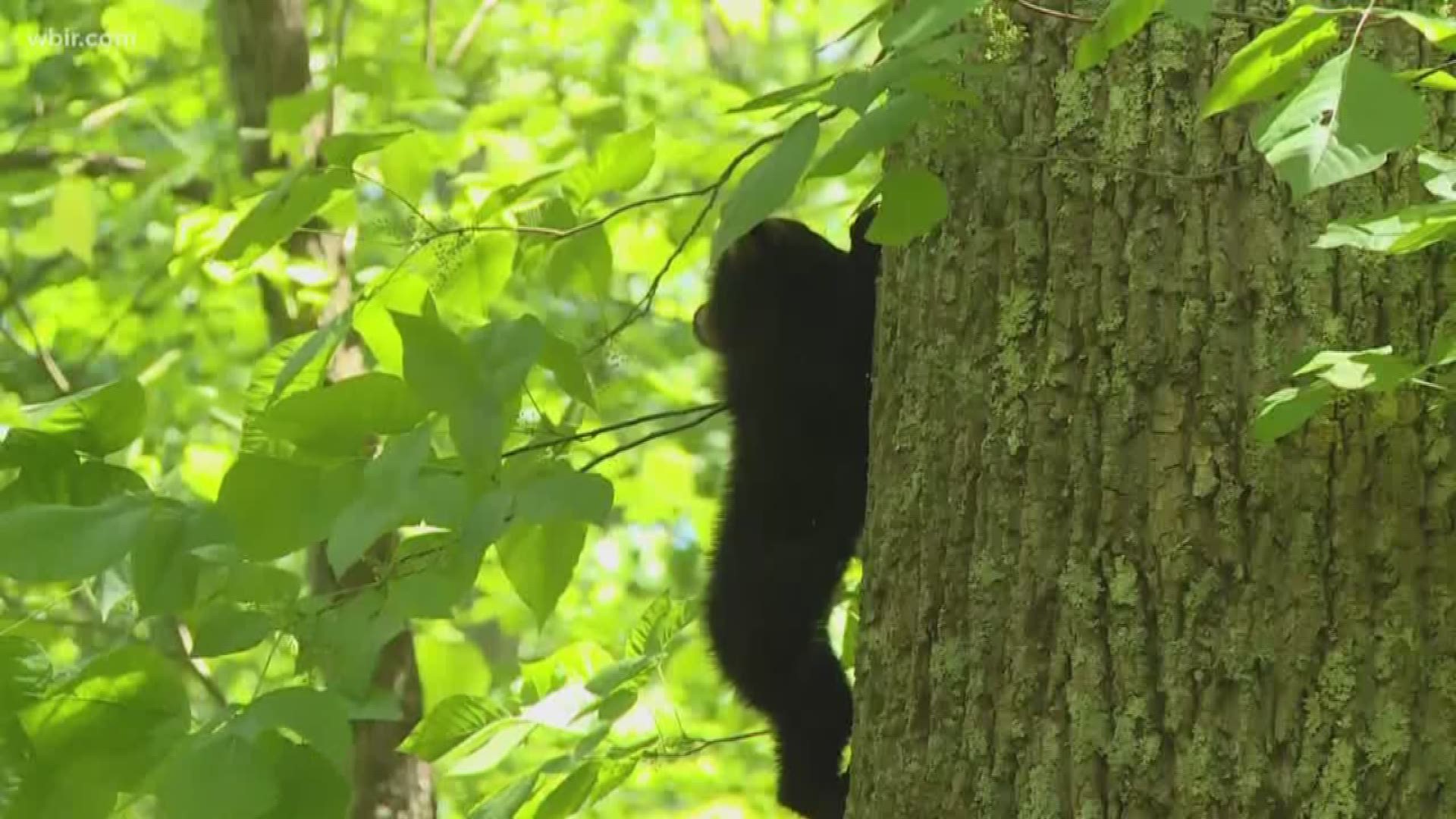Townsend — Appalachian Bear Rescue (ABR) now has hard numbers to verify the success of the non-profit group's efforts to save young bears.
Since the group was founded in 1996, it has nursed hundreds of injured, orphaned, or malnourished cubs and yearlings to health and released them back into the wild. While most would not have survived without ABR's assistance, it was unknown exactly how well they fared once they were back in the wild.
"We really had very little knowledge of what happened to them after we released them. We might come across some of them if they were harvested or other encounters, but nothing widespread and concrete," said David Whitehead, ABR assistant curator.


ABR's lead curator, Coy Blair, has been pursuing a graduate degree at the University of Tennessee. He developed a thesis project to research the released-bears' behavior and mortality.
"We had enough funding that we could purchase collars that have GPS locators in them," said Whitehead. "We are able to set how often the collars update us on a bear's location. As these bears grow and fatten up, the collars also are going to get tighter around their necks. We were able to set a time when the collars will drop off [the animal automatically]. That's all because of new technology Coy was able to do this great work."
Blair's two-year study tracked 42 bears released between 2015 and 2017. Most of the bears wore the collar for a full year after they were released. Of the 42 bears, four did not survive the full year after their release.
FURTHER READING | Appalachian Bear Rescue caring for new 4-month-old cub
"We were surprised that our survival rate was as high as it was. It was 88.5 percent of our bears survived a year after release. We knew the yearlings survive at a higher rate than cubs, but this quantified it. The normal survival rate for cubs in the wild is around 50 percent. It also showed the older the bear when it was released, the better the chance of surviving," said Whitehead. "This could have an effect on when we release bears. Maybe we wait until they are a little older when we can, but have to balance that with making sure they do not stay out of the wild too long."


Technology improvements have also allowed ABR to keep bears in captivity longer without acclimating them to humans. Dozens of live cameras allow workers to monitor the bears without interacting with them. ABR attempts to prevent the bears from seeing and smelling people as much as possible. The cameras not only allow remote monitoring, but help ensure the bears do not develop precise routines or expectations for feeding.
"With the cameras, we can see how the bears are responding to the sound and smell of people. We can see if they are expecting food or getting into a habit, so we can make sure they are not knowingly depending on people," said Whitehead.
Whitehead said Blair's study confirmed some longtime suspicions, such as bears' preference to den in trees. It also found some surprises.
"We thought it was really interesting the young females traveled and roamed even more than the males. You normally think about males traveling to mate, which they do. But early on it looks like the females have to really travel a lot to find their own territory and a place to den, maybe because they have to compete with other females for territory," said Whitehead.


The study is expected to be published later this year. The findings have provided some validation for the workers at ABR that their work is making a difference.
"Oh definitely. What we do here actually has a benefit. We are able to put bears back into the wild that would not have been able to survive without the time they spent at ABR. We are able to make it a little bit better for them," said Whitehead.
Whitehead said it costs around $3,000 annually to feed one bear cub. The group relies on fundraising events and private donations. One of the events is Appalachian Bear Fest, scheduled for June 2, 2018, from 11:00 a.m. until 3:00 p.m. at ABR's headquarters in Townsend. The event features a hike, live music, local artists, a petting zoo, large birds from the American Eagle Foundation and Smoky Mountain Raptor Center. Full details on ABR events can be found at their website.

